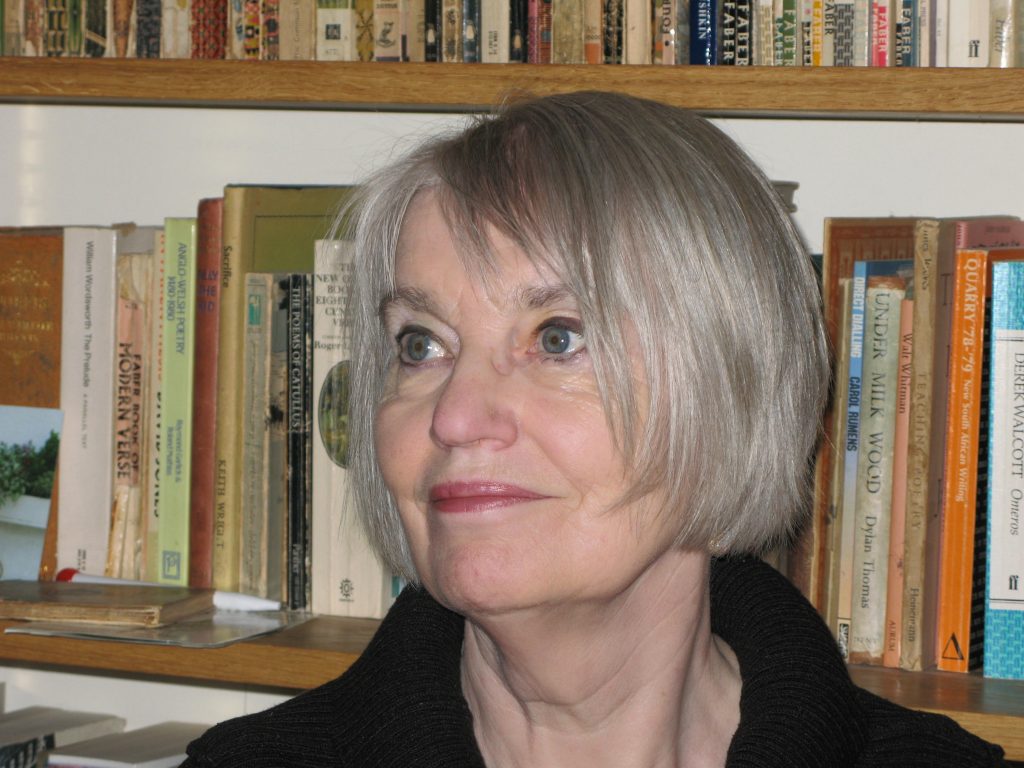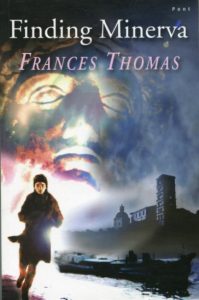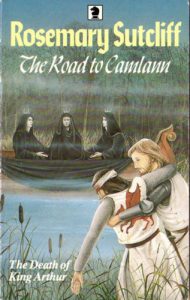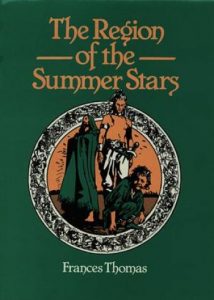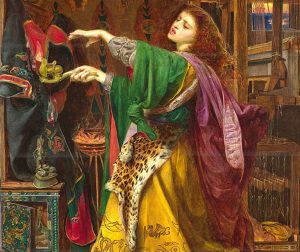A Guest Blog by Dr Dimitra Fimi
 In my recent book, Celtic Myth in Contemporary Children’s Fantasy: Idealization, Identity, Ideology (Palgrave Macmillan, 2017) I explored children’s and young adult fantasies ranging from the 1960s to today, discussing their inspirations in “Celtic” myth, both Irish and Welsh. Among my chosen texts are two much-loved Tir na n-Og Award winners: Susan Cooper’s The Grey King (1976) and Jenny Nimmo’s The Snow Spider (1987). In this post, I’d like to share some examples of Welsh legend and folklore that inspired central elements in both novels.
In my recent book, Celtic Myth in Contemporary Children’s Fantasy: Idealization, Identity, Ideology (Palgrave Macmillan, 2017) I explored children’s and young adult fantasies ranging from the 1960s to today, discussing their inspirations in “Celtic” myth, both Irish and Welsh. Among my chosen texts are two much-loved Tir na n-Og Award winners: Susan Cooper’s The Grey King (1976) and Jenny Nimmo’s The Snow Spider (1987). In this post, I’d like to share some examples of Welsh legend and folklore that inspired central elements in both novels.
Susan Cooper’s The Grey King
Susan Cooper’s The Grey King (and, later, Silver on the Tree), offers us a vision of “the Arthur of the Welsh”. One of the texts I consider central for Cooper’s re-imagining of Arthur is the Latin Historia Brittonum (History of the Britons) of c. 800, often attributed to Nennius. The “mirabilia,” a list of “wonders” of Britain appended to the main text of the Historia, give us a sense of the traditions of Arthur in medieval Welsh folklore. There are two main Arthurian references in the “mirabilia”: Arthur’s dog, Cafall, and Arthur’s son. Both became central ideas in The Grey King.
In the “mirabilia”, Arthur’s son’s name is Amr, while in another medieval text, the Welsh Triads, his name is Lachau or Lacheu. Not much is known about this shadowy figure, but Bromwich (whose book on the Triads Susan Cooper read) hypothesises that “Lacheu appears to have belonged to an early stratum of Arthurian tradition in Wales.” In making Bran Davies the son of Arthur, therefore, Cooper is not quite inventing a new tradition, as breathing new life into a very old one.
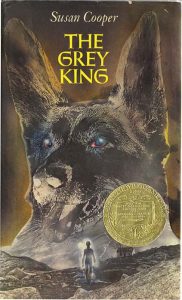 Cafall is the name of Arthur’s dog not only in the “mirabilia” section of the Historia Brittonum, but also in the tale of “Culhwch and Olwen” found in the Mabinogion. In both texts, Cafall takes part in the hunting of the legendary boar Troyt/Twrch Trwyth by Arthur and his men. Inside Craig yr Aderyn, when Will, Bran and Cafall stand before the Three Lords, the true identity of one of the Lords is revealed because he exclaims his recognition of the dog:
Cafall is the name of Arthur’s dog not only in the “mirabilia” section of the Historia Brittonum, but also in the tale of “Culhwch and Olwen” found in the Mabinogion. In both texts, Cafall takes part in the hunting of the legendary boar Troyt/Twrch Trwyth by Arthur and his men. Inside Craig yr Aderyn, when Will, Bran and Cafall stand before the Three Lords, the true identity of one of the Lords is revealed because he exclaims his recognition of the dog:
The lord in the sea-blue robe leaned forward a little from his throne; they glimpsed a keen, strong face and a pointed grey beard. He said, astonishingly, ‘Cafall?’
At Bran’s side the white dog stood erect and quivering. He did not move an inch forward, as if obeying some inner instruction that told him his place, but his tail waved furiously from side to side as it never waved for anyone but Bran. He gave a soft, small whine.
White teeth glinted in the hooded face. ‘He is well named. Well named.’
Whether Cafall is Arthur’s own dog reborn, or he just senses the presence of his modern master’s father, is left deliberately ambiguous in this extract. Nevertheless, Bran’s persona here as a modern incarnation of Arthur, the hero who will defend Britain against the Dark once more, is strengthened by the presence of Cafall.
Jenny Nimmo’s The Snow Spider
In Jenny Nimmo’s The Snow Spider young Gwyn discovers he is a magician. As Gwyn turns nine, his Nain reveals a secret ancestry and points to a new destiny for him:
‘Time to find out if you are a magician, Gwydion Gwyn!’ said Nain… ‘Time to remember your ancestors: Math, Lord of Gwynedd, Gwydion and Gilfaethwy!’
Nain’s words usher characters from Mabinogion into the text. Math is the King of Gwynedd in one of the earliest tales, the Fourth Branch of the Mabinogi, while Gwydion and Gilfaethwy are his nephews. Nimmo’s portrayal of Gwydion erases the most disturbing elements of his mythical character, thus turning him into a benign supernatural ancestor-figure. Indeed, Gwyn soon finds out that his real name is Gwydion, and that Gwyn serves as a sort of diminutive.
Nain enables the first flowering of Gwyn’s magical powers by offering him five unusual gifts for his birthday, which he is encouraged to “give to the wind” and get a magical response, for good or ill. Three of these gifts, a tin whistle, a piece of seaweed, and a broken horse, provide direct links with the Mabinogion.
 When Gwyn offers the tin whistle to the wind, he receives a silver pipe. When Arianwen, the eponymous snow spider, spins a cobweb image of a snow-covered city, inhabited by pale-faced children, Gwyn realises that he can hear the bells of the city and the voices of the children through the pipe. Nain exclaims: “Even when men whispered, Math could hear them; he could hear voices beyond any mortal ear! The pipe is from him!” Indeed, in the Mabinogion Math has a “special attribute,” “whatever whispering goes on between people – no matter how quiet – once the wind catches hold of it then Math will know about it.”
When Gwyn offers the tin whistle to the wind, he receives a silver pipe. When Arianwen, the eponymous snow spider, spins a cobweb image of a snow-covered city, inhabited by pale-faced children, Gwyn realises that he can hear the bells of the city and the voices of the children through the pipe. Nain exclaims: “Even when men whispered, Math could hear them; he could hear voices beyond any mortal ear! The pipe is from him!” Indeed, in the Mabinogion Math has a “special attribute,” “whatever whispering goes on between people – no matter how quiet – once the wind catches hold of it then Math will know about it.”
The next gift, and the vision Gwyn receives in return, also come directly from the Fourth Branch. Just like Gwydion fashions a ship out of seaweed, Gwyn’s piece of seaweed brings an enormous silver ship, engraved with strange shapes and floating in the sky.
Nain’s fifth gift to Gwyn, the broken horse, introduces the tragic tale of Branwen from the Second Branch of the Mabinogi, which later becomes the central structure of the third book in the series, The Chestnut Soldier. The broken horse is described as having no ears and tail, and bearing a tiny label around its neck that reads “Dim hon!” (“Not this!”). Despite Nain’s warning, Gwyn carelessly lets the horse be taken by the wind and a terrible power of chaos is let loose. Gwyn eventually realises that the horse has released a “demon” from the same Mabinogion tale: he turns out to be Efnisien, Branwen’s half-brother, whose outrageous act of maiming Matholwch’s horses is reflected in the state of the toy horse: “Then he went for the horses, and cut their lips to the teeth, and their ears down to their heads, and their tails to their backs; and where he could get a grip on the eyelids, he cut them to the bone.” In a way, this is the moment of “recognition” in this fantasy novel. Gwyn now knows that he needs to capture Efnisien’s demonic spirit and imprison him again, safely in the toy horse, before any further damage is done. He succeeds in taming the legendary past, and at the same time in controlling his own power and in maturing as a young boy and a magician.
Worthy Tir na n-Og Winners
Both Susan Cooper and Jenny Nimmo engage with Welsh traditions and folklore. They don’t just “borrow”, they re-invent, re-shape, and adapt. They make medieval Welsh legend relevant and enchanting for new generations of children, and – in the process – succeed in creating that all-important “authentic Welsh background” that has made them worthy winners of the Tir na n-Og Award.
We’d like to say a big thank you to Dr Dimitra Fimi for taking the time to contribute this guest blog. We are in awe.
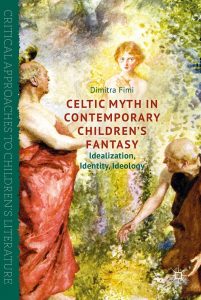 Dr Dimitra Fimi is a Senior Lecturer in English at Cardiff Metropolitan University. Her first monograph, Tolkien, Race and Cultural History: From Fairies to Hobbits (Palgrave Macmillan, 2008) won the Mythopoeic Scholarship Award in Inklings Studies. She co-edited the first critical edition of J.R.R. Tolkien’s essay “A Secret Vice”, in which Tolkien theorizes his language invention (A Secret Vice: Tolkien on Invented Languages, HarperCollins, 2016). The book won the Tolkien Society Award for Best Book. Her latest monograph, Celtic Myth in Contemporary Children’s Fantasy: Idealization, Identity, Ideology (Palgrave Macmillan, 2017), was runner up for the Katharine Briggs Folklore Award. She has published widely in journals and edited collections. She lectures on fantasy literature, science fiction, children’s literature, and medievalism. She contributes regularly to radio and TV programmes (BBC Radio 4, BBC Radio Wales, History Channel, BBC4). You can find out more on her website.
Dr Dimitra Fimi is a Senior Lecturer in English at Cardiff Metropolitan University. Her first monograph, Tolkien, Race and Cultural History: From Fairies to Hobbits (Palgrave Macmillan, 2008) won the Mythopoeic Scholarship Award in Inklings Studies. She co-edited the first critical edition of J.R.R. Tolkien’s essay “A Secret Vice”, in which Tolkien theorizes his language invention (A Secret Vice: Tolkien on Invented Languages, HarperCollins, 2016). The book won the Tolkien Society Award for Best Book. Her latest monograph, Celtic Myth in Contemporary Children’s Fantasy: Idealization, Identity, Ideology (Palgrave Macmillan, 2017), was runner up for the Katharine Briggs Folklore Award. She has published widely in journals and edited collections. She lectures on fantasy literature, science fiction, children’s literature, and medievalism. She contributes regularly to radio and TV programmes (BBC Radio 4, BBC Radio Wales, History Channel, BBC4). You can find out more on her website.
Readers of this blog may also be interested to note that Dr Fimi will be tutoring a course at Ty Newydd with Catherine Fisher entitled ‘(Re)telling traditional narratives:myth, legend, fairy tale’ on the weekend of Friday 20 July.
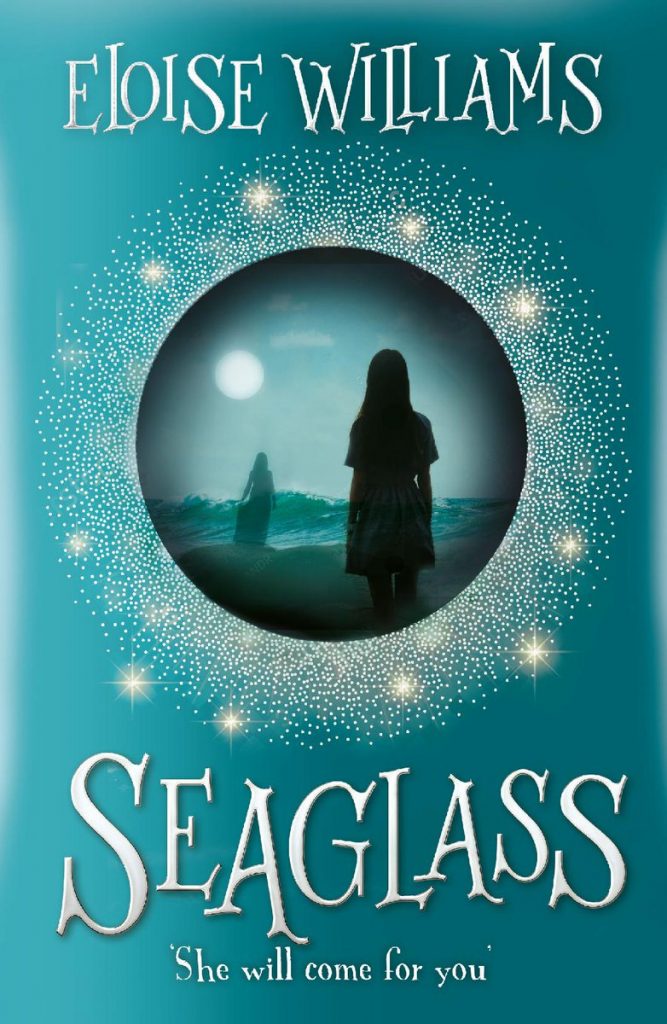

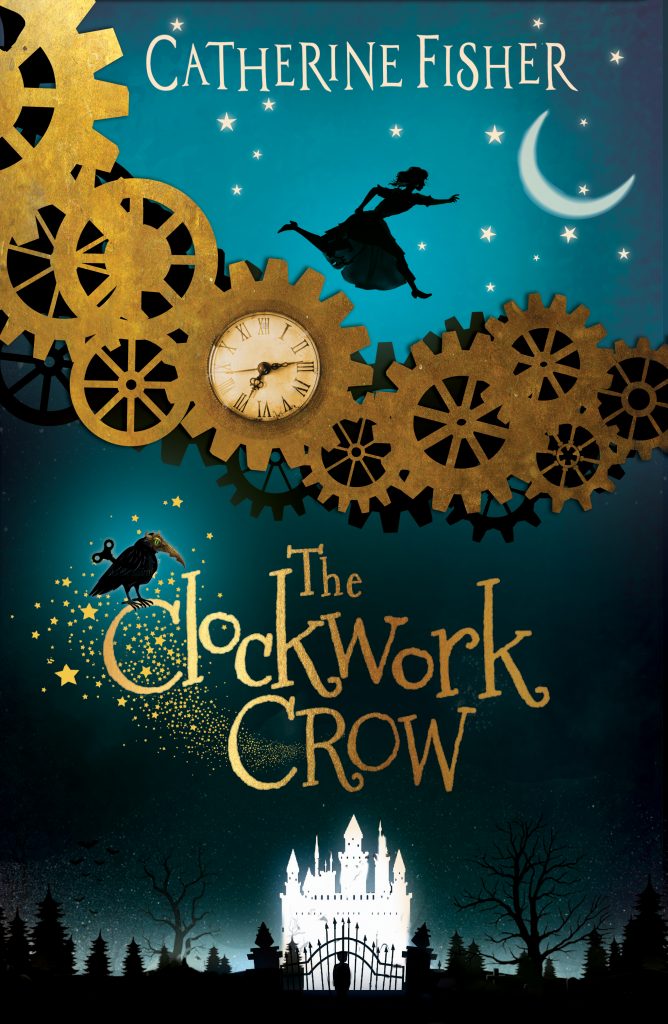

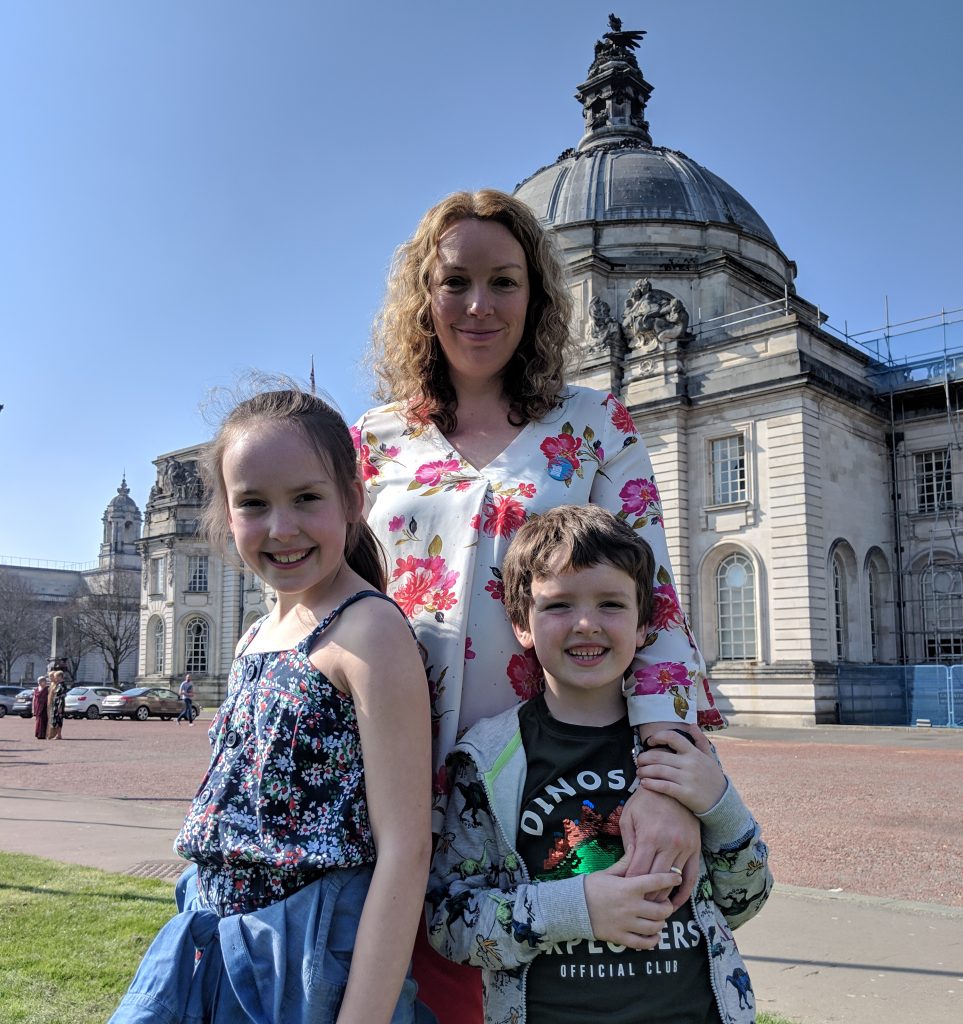


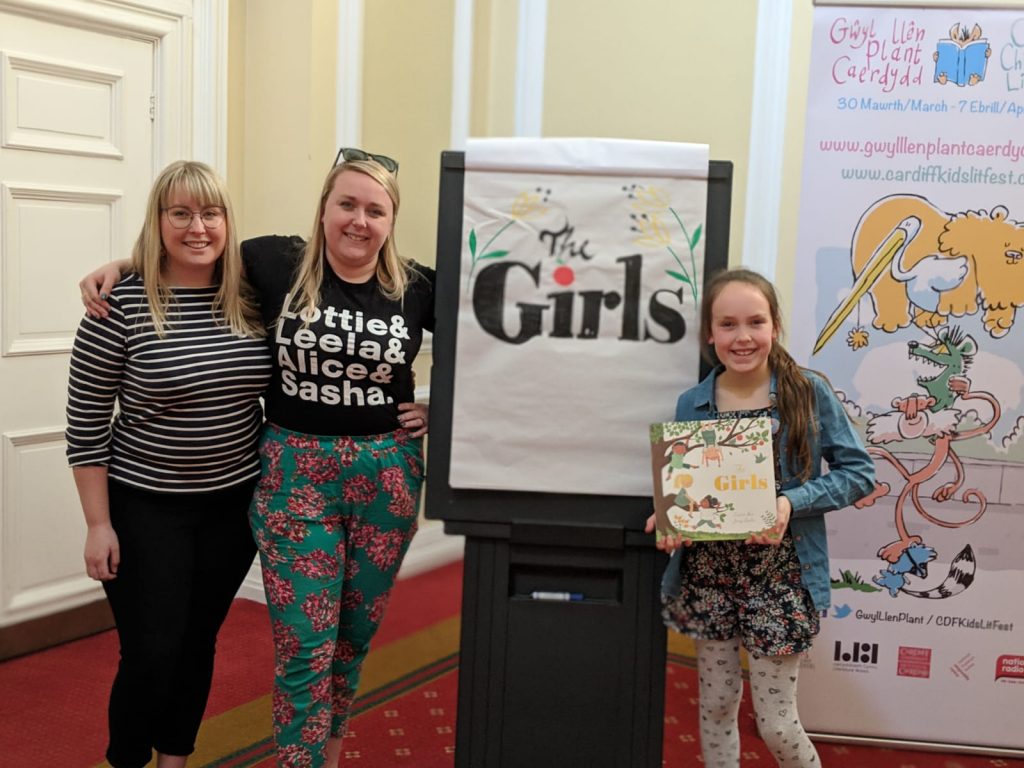
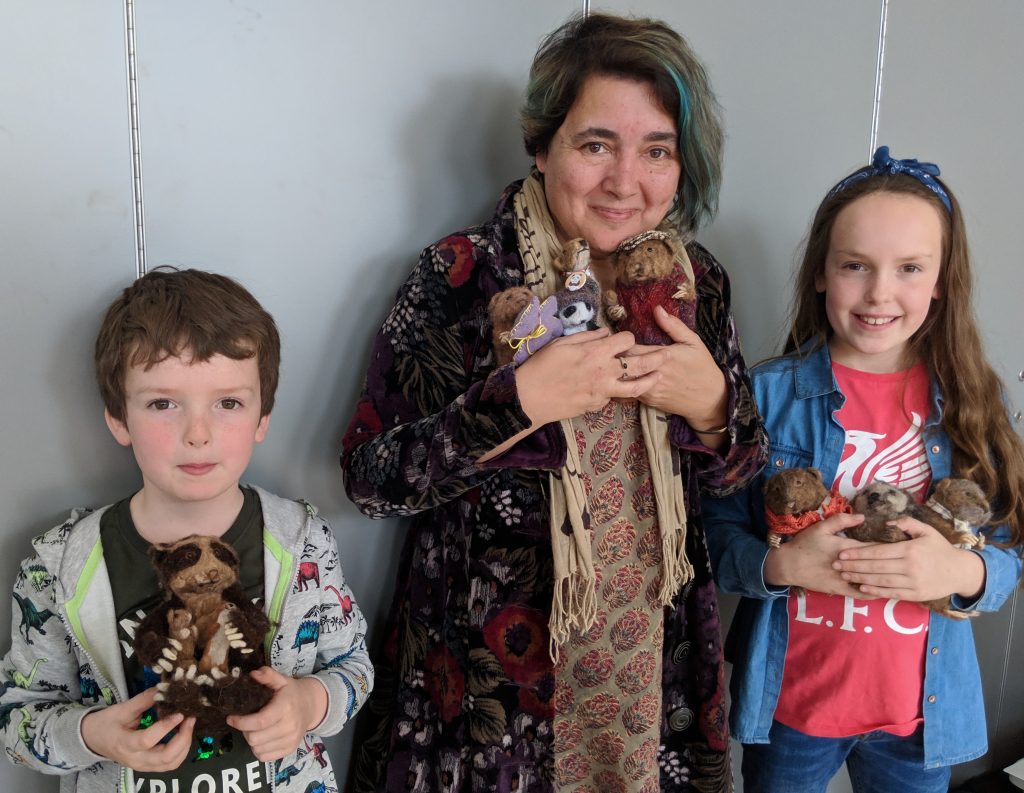

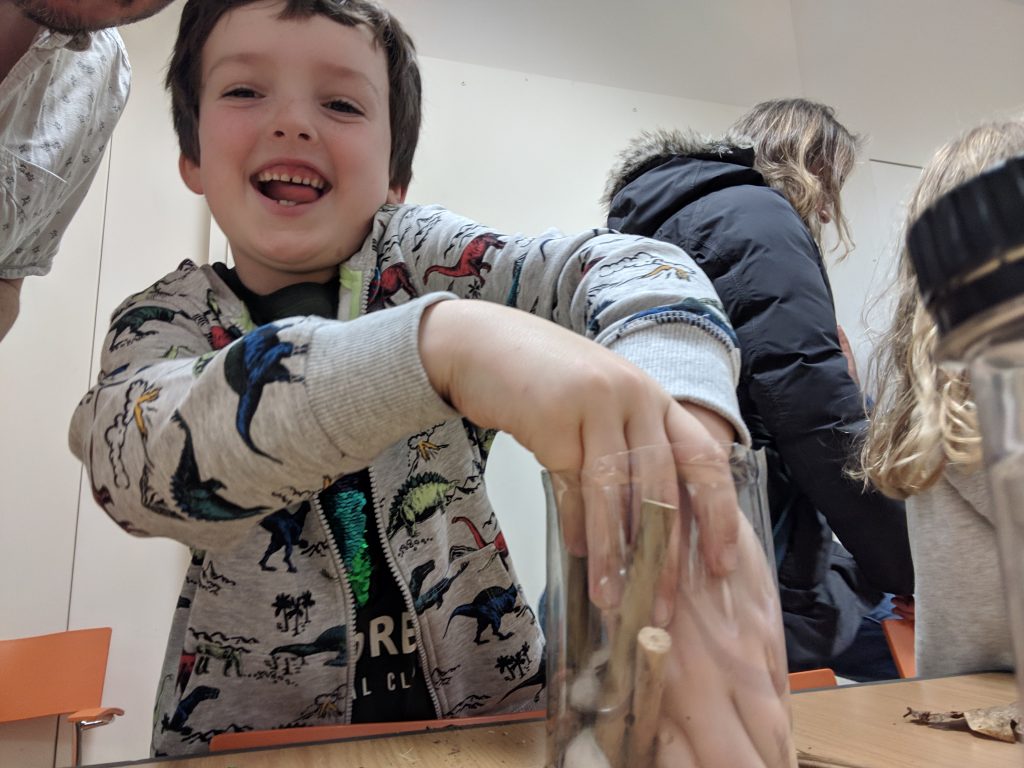

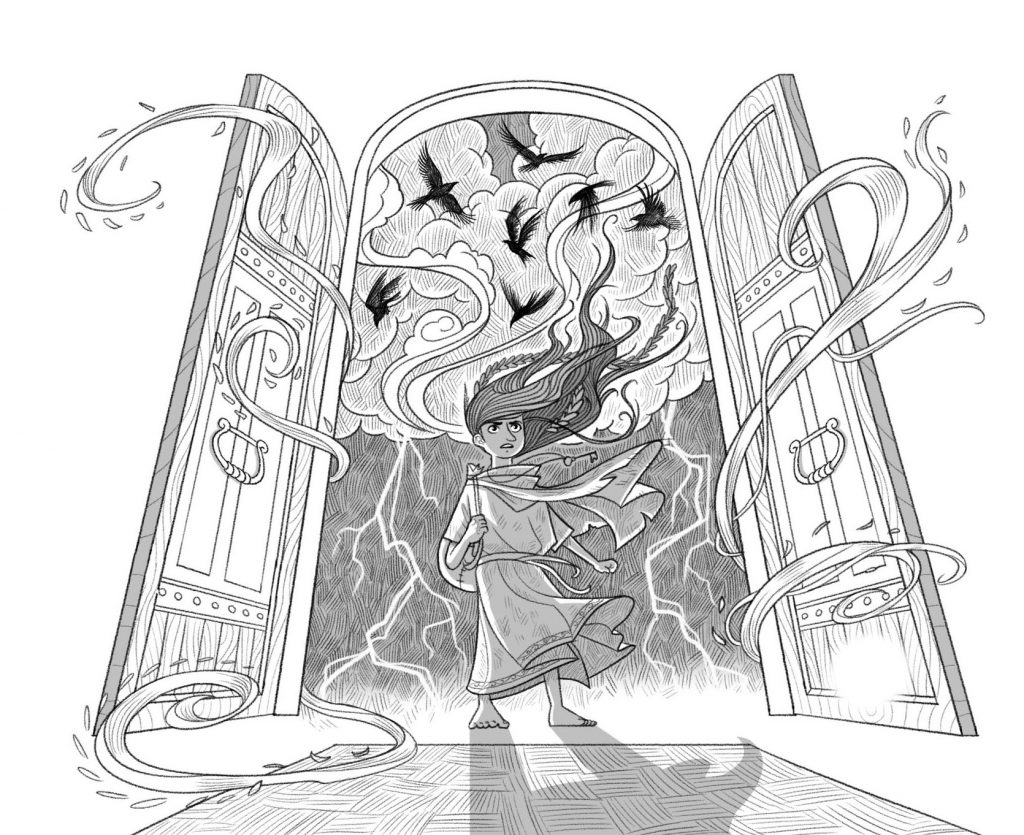
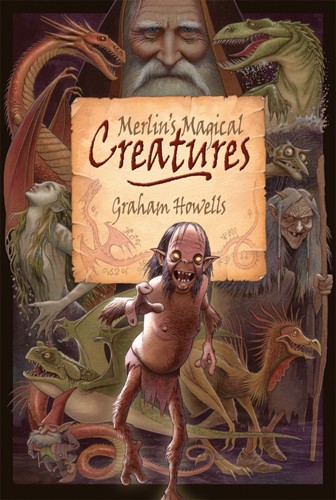
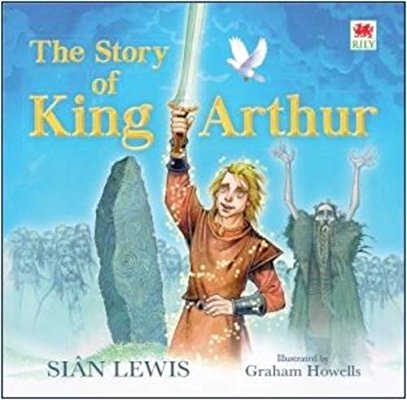
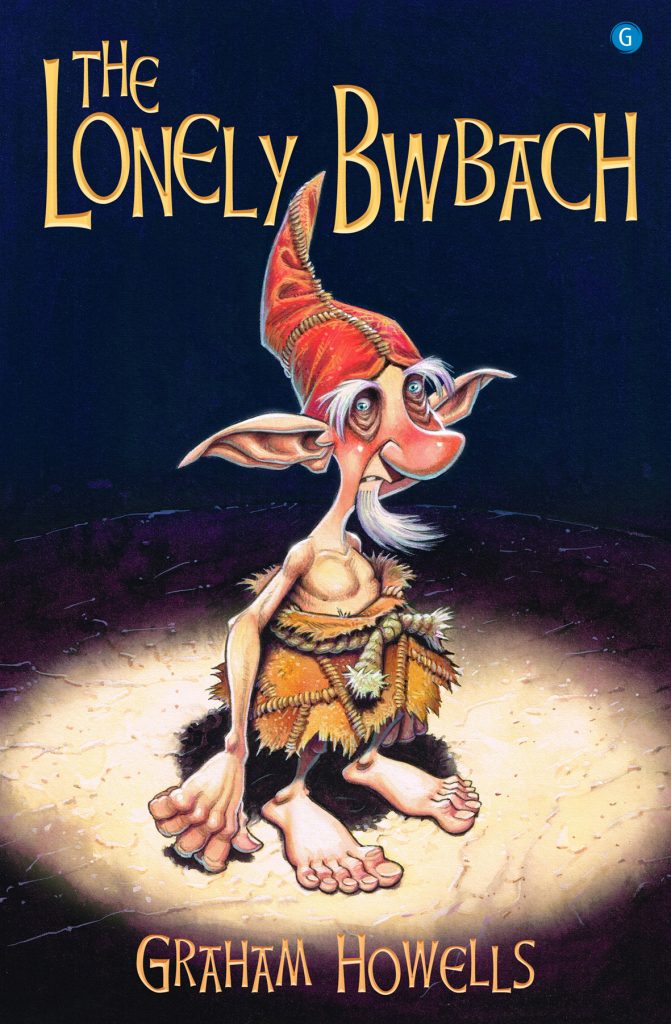
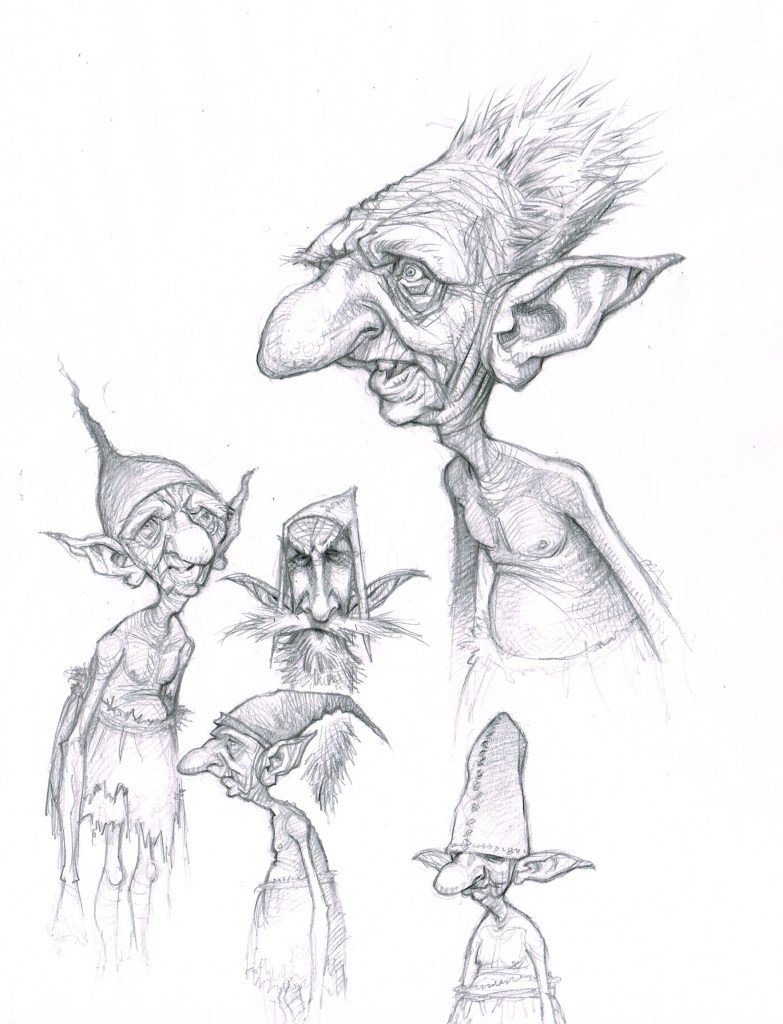
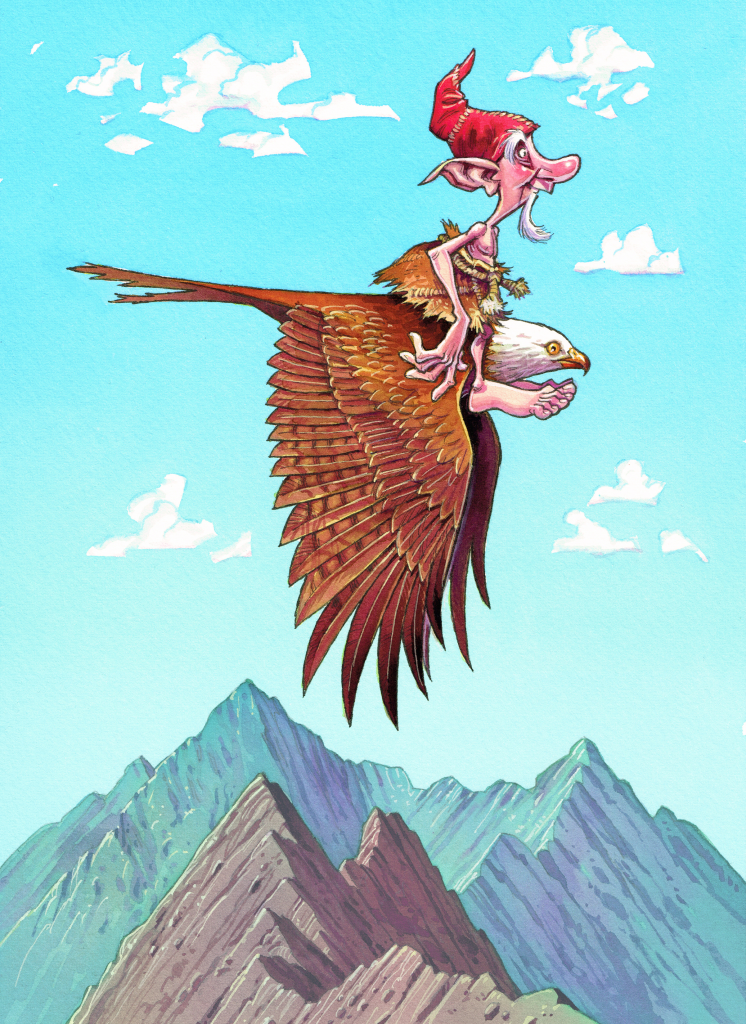
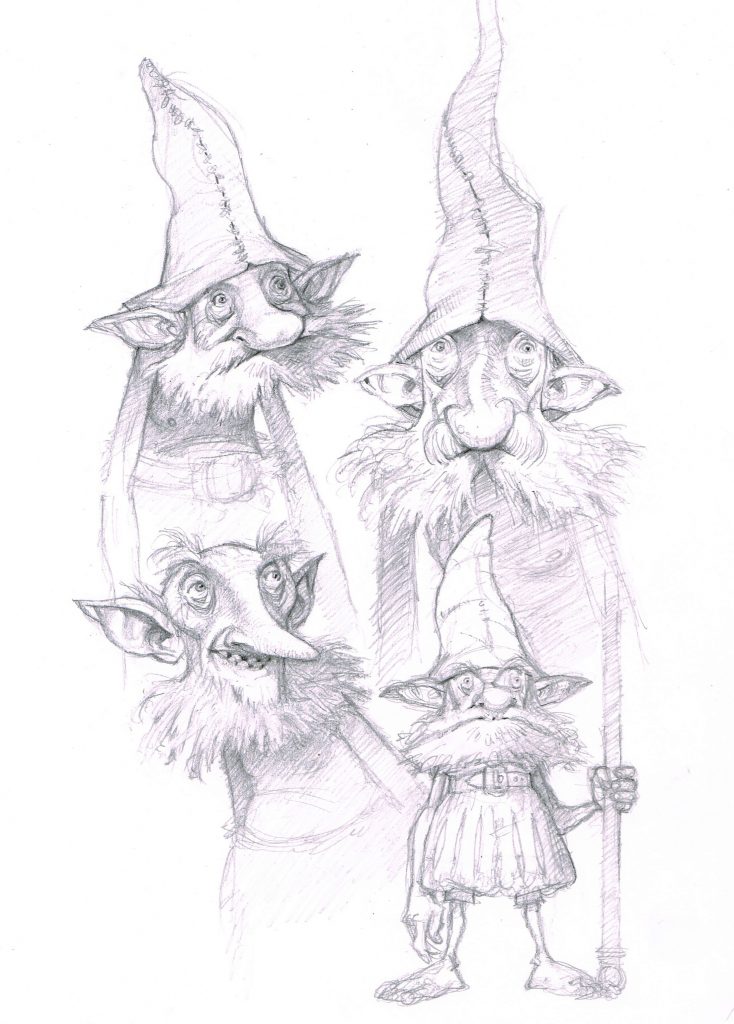
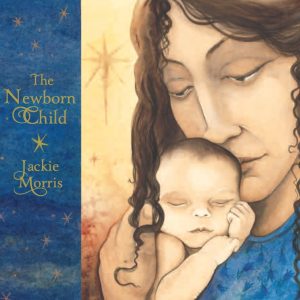 The Newborn Child (Otter-Barry Books) tells the story of a child born to change the world. A special child; a baby born of a first-time mother. Jackie Morris’ detailed, thoughtful and glorious artwork accompanies her own tender poetry. The focus on the innocence and fragility of a newborn and the pure love and adoration of a mother, make this a book for life, not just for Christmas.
The Newborn Child (Otter-Barry Books) tells the story of a child born to change the world. A special child; a baby born of a first-time mother. Jackie Morris’ detailed, thoughtful and glorious artwork accompanies her own tender poetry. The focus on the innocence and fragility of a newborn and the pure love and adoration of a mother, make this a book for life, not just for Christmas. The Dog That Saved Christmas (Barrington Stoke) is Nicola Davies’ newly published book telling the story of someone who dislikes the festive season. There are plenty who feel uncomfortable, anxious or lonely at Christmas and this dyslexia-friendly tale shines a light and will help to develop empathy amongst its readers. Brilliantly illustrated by Mike Byrne, the titular dog comes to the rescue, making Christmas a more bearable, even loving time. (See our
The Dog That Saved Christmas (Barrington Stoke) is Nicola Davies’ newly published book telling the story of someone who dislikes the festive season. There are plenty who feel uncomfortable, anxious or lonely at Christmas and this dyslexia-friendly tale shines a light and will help to develop empathy amongst its readers. Brilliantly illustrated by Mike Byrne, the titular dog comes to the rescue, making Christmas a more bearable, even loving time. (See our  There are more dogs in Sam Hay and Loretta Schauer’s A Very Corgi Christmas picture book (Simon & Schuster). And what gorgeous corgis they are! Belle keeps getting under everyone’s feet at Buckingham Palace so she sneaks out to explore the bright lights of the city. She’s given a fabulous guided tour by Pip, experiencing the various highs of London life. A simply wonderful story with irresistible illustrations make this an absolute delight (with a super cute ending).
There are more dogs in Sam Hay and Loretta Schauer’s A Very Corgi Christmas picture book (Simon & Schuster). And what gorgeous corgis they are! Belle keeps getting under everyone’s feet at Buckingham Palace so she sneaks out to explore the bright lights of the city. She’s given a fabulous guided tour by Pip, experiencing the various highs of London life. A simply wonderful story with irresistible illustrations make this an absolute delight (with a super cute ending).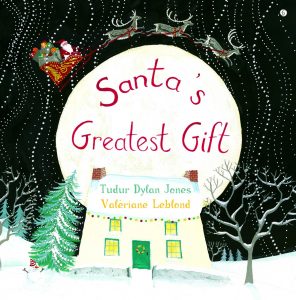 Santa’s Greatest Gift (Gwasg Gomer), was nominated for this year’s Tir na-nOg Award and is an excellent picture book about Gwydion who ends up helping Santa to deliver presents. However, Santa has forgotten Gwydion’s present so has to think on the spot! This is a real favourite in our house particularly due to the beautiful illustrations of Valériane Leblond. Tudur Dylan Jones rhyming verse is engaging and fast moving.
Santa’s Greatest Gift (Gwasg Gomer), was nominated for this year’s Tir na-nOg Award and is an excellent picture book about Gwydion who ends up helping Santa to deliver presents. However, Santa has forgotten Gwydion’s present so has to think on the spot! This is a real favourite in our house particularly due to the beautiful illustrations of Valériane Leblond. Tudur Dylan Jones rhyming verse is engaging and fast moving. The Christmas Extravaganza Hotel (Little Tiger) is a new offering from Tracey Corderoy and Tony Neal. It’s a big, bold and bright picture book with real heart. Frog arrives at Bear’s house thinking he’s in for the time of his life at the amazing Christmas Extravaganza Hotel – but he’s not the best map reader and has taken more than a few wrong turns. Bear, being a kind and compassionate soul, doesn’t want Frog to be disappointed at Christmas time so tries to equal the promises of the glossy brochure. Here’s a book that shows there is awe and wonder in simple pleasures and that spending time together can bring fulfilment and joy.
The Christmas Extravaganza Hotel (Little Tiger) is a new offering from Tracey Corderoy and Tony Neal. It’s a big, bold and bright picture book with real heart. Frog arrives at Bear’s house thinking he’s in for the time of his life at the amazing Christmas Extravaganza Hotel – but he’s not the best map reader and has taken more than a few wrong turns. Bear, being a kind and compassionate soul, doesn’t want Frog to be disappointed at Christmas time so tries to equal the promises of the glossy brochure. Here’s a book that shows there is awe and wonder in simple pleasures and that spending time together can bring fulfilment and joy.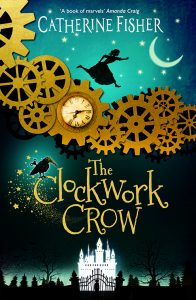 The Clockwork Crow (Firefly Press) is destined to win yet more awards for Catherine Fisher and is a highly satisfying read by an extremely talented writer. A victorian Christmas in Wales promises to be everything Seren dreamed of, but there’s more to Plas-y-Fran than meets the eye. The Mid-Wales manor house has a gateway to the underworld which Seren must explore (with the flying, talking Clockwork Crow) if she is to solve the mystery of the missing Tomos. Enchanting, riveting, accomplished and highly enjoyable middle grade fiction.
The Clockwork Crow (Firefly Press) is destined to win yet more awards for Catherine Fisher and is a highly satisfying read by an extremely talented writer. A victorian Christmas in Wales promises to be everything Seren dreamed of, but there’s more to Plas-y-Fran than meets the eye. The Mid-Wales manor house has a gateway to the underworld which Seren must explore (with the flying, talking Clockwork Crow) if she is to solve the mystery of the missing Tomos. Enchanting, riveting, accomplished and highly enjoyable middle grade fiction. In my recent book,
In my recent book,  Cafall is the name of Arthur’s dog not only in the “mirabilia” section of the Historia Brittonum, but also in the tale of “Culhwch and Olwen” found in the Mabinogion. In both texts, Cafall takes part in the hunting of the legendary boar Troyt/Twrch Trwyth by Arthur and his men. Inside Craig yr Aderyn, when Will, Bran and Cafall stand before the Three Lords, the true identity of one of the Lords is revealed because he exclaims his recognition of the dog:
Cafall is the name of Arthur’s dog not only in the “mirabilia” section of the Historia Brittonum, but also in the tale of “Culhwch and Olwen” found in the Mabinogion. In both texts, Cafall takes part in the hunting of the legendary boar Troyt/Twrch Trwyth by Arthur and his men. Inside Craig yr Aderyn, when Will, Bran and Cafall stand before the Three Lords, the true identity of one of the Lords is revealed because he exclaims his recognition of the dog: When Gwyn offers the tin whistle to the wind, he receives a silver pipe. When Arianwen, the eponymous snow spider, spins a cobweb image of a snow-covered city, inhabited by pale-faced children, Gwyn realises that he can hear the bells of the city and the voices of the children through the pipe. Nain exclaims: “Even when men whispered, Math could hear them; he could hear voices beyond any mortal ear! The pipe is from him!” Indeed, in the Mabinogion Math has a “special attribute,” “whatever whispering goes on between people – no matter how quiet – once the wind catches hold of it then Math will know about it.”
When Gwyn offers the tin whistle to the wind, he receives a silver pipe. When Arianwen, the eponymous snow spider, spins a cobweb image of a snow-covered city, inhabited by pale-faced children, Gwyn realises that he can hear the bells of the city and the voices of the children through the pipe. Nain exclaims: “Even when men whispered, Math could hear them; he could hear voices beyond any mortal ear! The pipe is from him!” Indeed, in the Mabinogion Math has a “special attribute,” “whatever whispering goes on between people – no matter how quiet – once the wind catches hold of it then Math will know about it.” Dr Dimitra Fimi is a Senior Lecturer in English at Cardiff Metropolitan University. Her first monograph, Tolkien, Race and Cultural History: From Fairies to Hobbits (Palgrave Macmillan, 2008) won the Mythopoeic Scholarship Award in Inklings Studies. She co-edited the first critical edition of J.R.R. Tolkien’s essay “A Secret Vice”, in which Tolkien theorizes his language invention (A Secret Vice: Tolkien on Invented Languages, HarperCollins, 2016). The book won the Tolkien Society Award for Best Book. Her latest monograph, Celtic Myth in Contemporary Children’s Fantasy: Idealization, Identity, Ideology (Palgrave Macmillan, 2017), was runner up for the Katharine Briggs Folklore Award. She has published widely in journals and edited collections. She lectures on fantasy literature, science fiction, children’s literature, and medievalism. She contributes regularly to radio and TV programmes (BBC Radio 4, BBC Radio Wales, History Channel, BBC4). You can find out more on her
Dr Dimitra Fimi is a Senior Lecturer in English at Cardiff Metropolitan University. Her first monograph, Tolkien, Race and Cultural History: From Fairies to Hobbits (Palgrave Macmillan, 2008) won the Mythopoeic Scholarship Award in Inklings Studies. She co-edited the first critical edition of J.R.R. Tolkien’s essay “A Secret Vice”, in which Tolkien theorizes his language invention (A Secret Vice: Tolkien on Invented Languages, HarperCollins, 2016). The book won the Tolkien Society Award for Best Book. Her latest monograph, Celtic Myth in Contemporary Children’s Fantasy: Idealization, Identity, Ideology (Palgrave Macmillan, 2017), was runner up for the Katharine Briggs Folklore Award. She has published widely in journals and edited collections. She lectures on fantasy literature, science fiction, children’s literature, and medievalism. She contributes regularly to radio and TV programmes (BBC Radio 4, BBC Radio Wales, History Channel, BBC4). You can find out more on her 